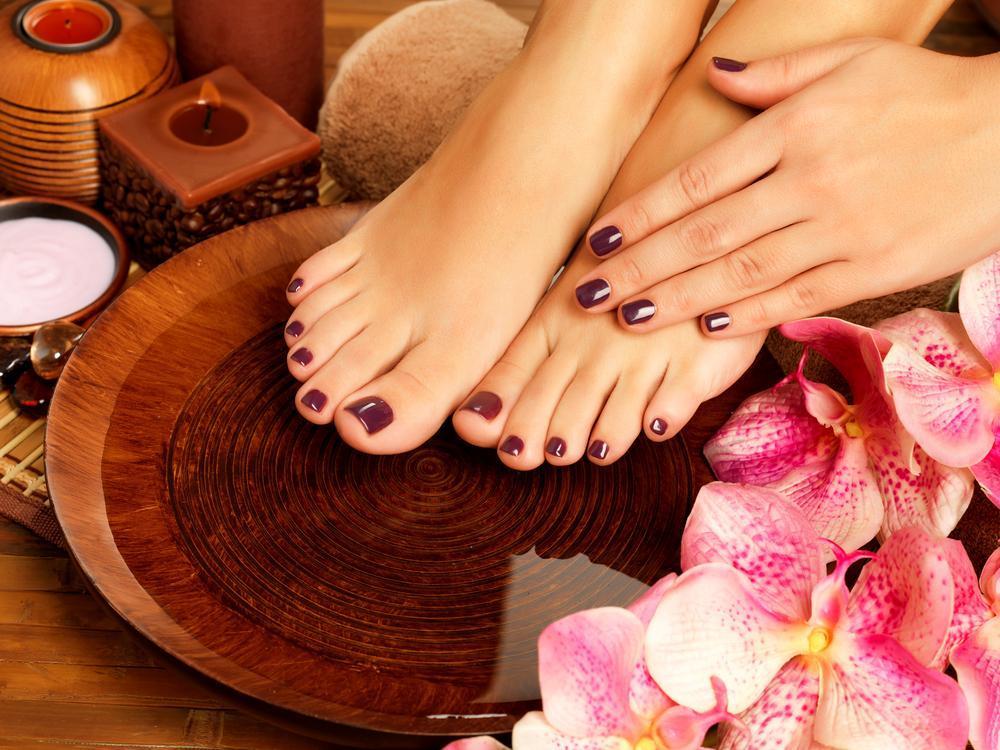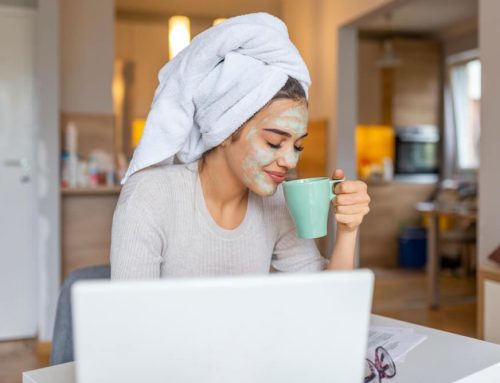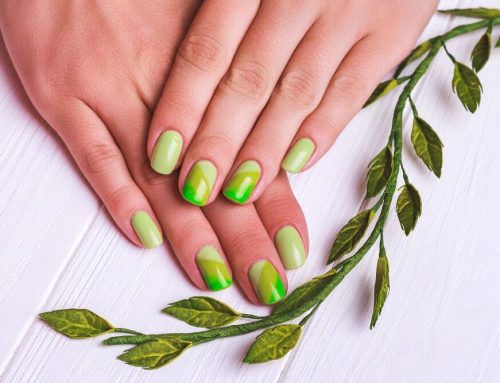From that very first step that we take as the pride and joy of our devoted parents, over the course of an entire lifetime, the average human being will have traversed around 250K in foot mileage, from walking alone. The average adult makes an average of ten thousand steps during the course of an average day. Even without factoring in body size and carrying load, that is a considerable volume of pressure exerted on your feet, which are at the base end of the whole process–the end point–the final unit of absorption. Sadly, it can be our feet that go unnoticed, unattended and unappreciated for just as long as they’ll let us get away with it.
The Last Thing
Depending on how often sandals are your footwear of choice, you could theoretically go all year, practically, without ever truly noticing the condition of your feet. Typically, in getting ready for work, school or all other engagements, our shoes are the last detail of the entire process. We “slip on our shoes/boots,” and are “out the door,” so to speak. Incidentally, the feet can often be the best indicator of our general health. Modern medicine might have moved away from such basic diagnostics in favor of modern technology, but this does not mean that the feet have taken any form of a step backwards in their ability to reveal much about our state of being. Perhaps, this is due to the fact that physicians can bill insurance companies a lot more for having included high-faulting technology in our diagnoses, rather than billing them for “a good, long look at his feet.”
Your Feet are Your Windows to the Status of Your Health
Everyone should take supreme care of their feet, making sure to not disregard any unusual conditions, no matter how insignificant they might seem. For example, when you notice toenails that appear to be chipped and/or cracked, this could be signaling you that you might need to ramp up your intake of foods rich in certain vitamins and minerals. On more than one occasion, the presence of bumps on a person’s toes has indicated an early warning of the presence of rheumatoid arthritis. Different burning sensations, some even manifesting in ulcers on the bottoms of feet can reveal a vitamin B12 deficiency. Coloring, shape and even foot texture can be indicators of more serious conditions such as diabetes and for women who wear high heels frequently–various heart problems.
On a regular basis, take time to tend to your foot health, as happy feet make happy people.
- Spend at least 10 minutes every night with your feet elevated above the level of your heart, for improved circulation.
- Before slipping into socks, stockings or shoes, moisturize, and when home, give your feet a good airing out, after which you re-moisturize, with a massaging effort to produce improved blood flow to your feet.
- At least twice a week, soak your feet in a nice, warm tub of water, with one of the wonderful foaming foot baths, or your own mix of essential oils blended with epsom salts. Peppermint is a great refresher, and chamomile soothes.
- Immediately after removing feet from soaking, pay attention to the areas of skin that appear to be almost white. This is dead skin, and your best bet is to remove it. Slough off that mess while your feet are still damp from soaking.
- Take this time to inspect for skin overgrowth that needs trimming, at cuticles, and filing down new nail growth. Gently remove built-up dirt and such from under nails, and follow up with polish, as needed.
- Once a month, follow up with a good salt scrub. They’re all good, you just need to select your fragrance. Following the foot scrub, wash your feet and proceed.
- Your clean, dry feet should be moisturized in a massaging effort, to work that lotion or serum deeply into those layers of skin. Avoid mineral oil, always, but look for glycolic acid, eucalyptus, salicylic acid, seaweed, peppermint and urea.
- For extra moisturizing power, immediately after loading up your feet with a rich, emollient moisturizer, slip on some cotton socks and let everything fully soak in, overnight.






Leave A Comment